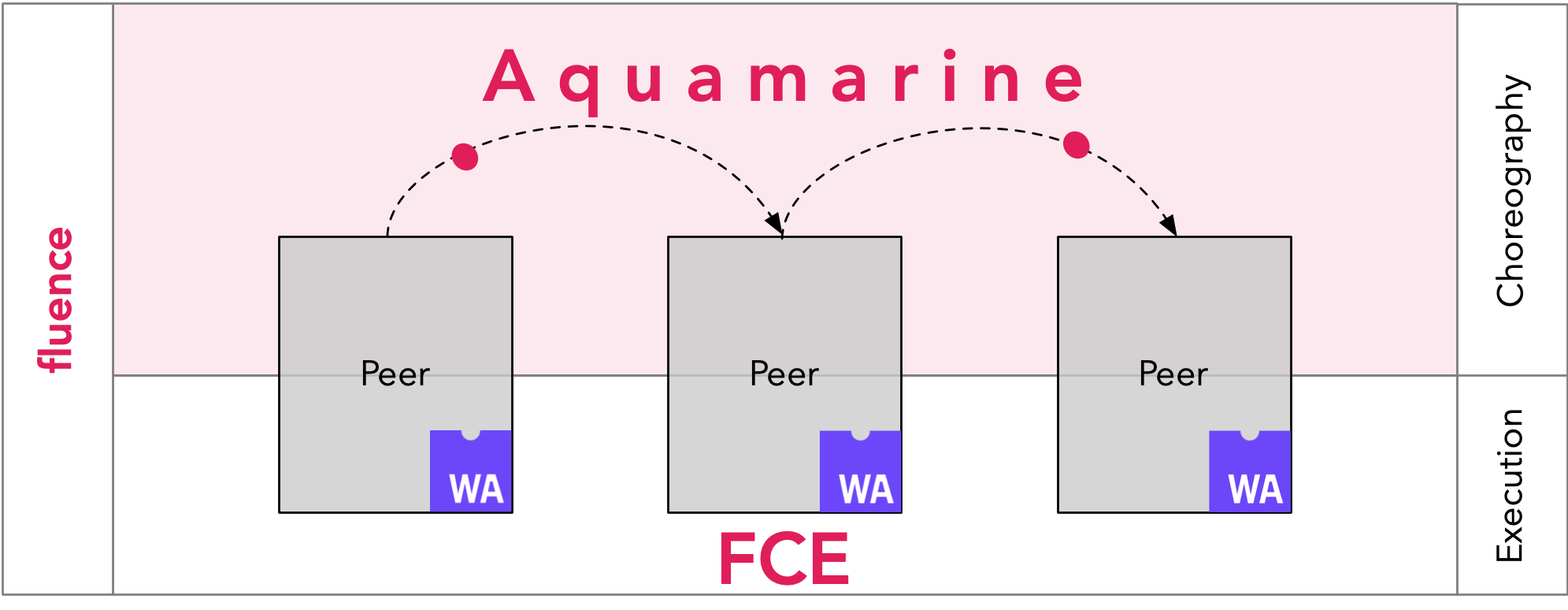mirror of
https://github.com/fluencelabs/fluence-network-environment
synced 2024-12-11 03:20:20 +00:00
| .github/workflows | ||
| .idea | ||
| doc | ||
| src | ||
| .gitignore | ||
| .npmignore | ||
| .prettierrc.js | ||
| LICENSE | ||
| package-lock.json | ||
| package.json | ||
| README.md | ||
| tsconfig.json | ||
Fluence network environment
Maintained list of well-known Fluence network nodes. The package is meant to be used in combination with Fluence JS SDK.
Installation
With npm
npm install @fluencelabs/fluence-network-environment
With yarn
yarn add @fluencelabs/fluence-network-environment
Usage
Pick a node to connect to the Fluence network.
import { testNet } from '@fluencelabs/fluence-network-environment';
export const relayNode = testNet[0];
Which can be used to initialize the Fluence client (see Fluence JS SDK.)
import { FluencePeer } from '@fluencelabs/fluence';
const peer = new FluencePeer;
await peer.start({ connectTo: relayNode });
Known networks
- stage - unstable network for development tests; low capacity
- TestNet - more stable network, used for QA of new releases; higher capacity
- Krasnodar - stable network, has the highest load capacity
All 3 networks are connected, i.e. any node can be discovered from every other. They're open and permissionless, meaning that anyone can use any node for bootstrapping.
About Fluence
Fluence is an open application platform where apps can build on each other, share data and users
| Layer | Tech | Scale | State | Based on |
|---|---|---|---|---|
| Execution | FCE | Single peer | Disk, network, external processes | Wasm, IT, Wasmer* |
| Composition | Aquamarine | Involved peers | Results and signatures | ⇅, π-calculus |
| Topology | TrustGraph, DHT* | Distributed with Kademlia* algo | Actual state of the network | libp2p |
| Security & Accounting | Blockchain | Whole network | Licenses & payments | substrate? |

